by Andrew Hedglin
I’ve really loved football for about sixteen years, ever since my family took me to see my first New Orleans Saints game. But despite this abiding passion for the game, I don’t always completely understand it. I never played myself in any organized competition. I do know the rules and rhythms of the game, which I’ve come by through years of experience watching high school, college, and pro games. But I’m always looking to further understand what I’m seeing, especially through the best way I learn anything—through an engaging story.
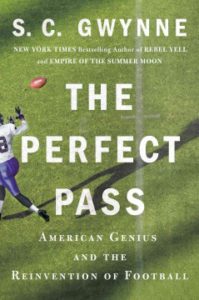 In The Perfect Pass, the story of the Air Raid offense’s development, S.C. Gwynne (author of Rebel Yell and the Pulitzer-nominated Empire of the Summer Moon) takes the time to explain football concepts both technically and philosophically—without making the book a slog. And the reader never feels dumb—the story’s protagonist is coach Hal Mumme (along with his protégé Mike Leach) learning one thing after another about the offensive vision they are trying to realize. It’s about exploiting blind spots in other coach’s thinking by defying traditional wisdom. The story, at the core, is a love letter to the forward pass.
In The Perfect Pass, the story of the Air Raid offense’s development, S.C. Gwynne (author of Rebel Yell and the Pulitzer-nominated Empire of the Summer Moon) takes the time to explain football concepts both technically and philosophically—without making the book a slog. And the reader never feels dumb—the story’s protagonist is coach Hal Mumme (along with his protégé Mike Leach) learning one thing after another about the offensive vision they are trying to realize. It’s about exploiting blind spots in other coach’s thinking by defying traditional wisdom. The story, at the core, is a love letter to the forward pass.
Although Mumme, the hero in this odyssey from Copperas Cover High School to Iowa Wesleyan College to Valdosta State University, didn’t develop one single, unstoppable play (as the title may suggest), he did synthesize a bunch of cutting edge offenses—the run-and-shoot, the West Coast offense, BYU’s spectacular 1980s passing attack—to simplify things for his own players while simultaneously complicating things for his opponents. It’s a system that didn’t rely on uniquely talented star players, even the quarterbacks from Dustin Dewald to Chris Hatcher to Tim Couch who make it all work. In fact, its influence has outpaced the coaches who synthesized, practiced, and advocated for it.
Mike Leach took the Air Raid to Texas Tech, with years of consistently good football that apexes with this incredible Michael Crabtree catch to beat #1 Texas in 2008. Now, Leach is scratching his way around mediocrity with Washington State in the Pac-12.
 Hal Mumme at one point was head coach at Kentucky and once upset the mighty Alabama Crimson Tide. Now, he coaches at my beloved alma mater, Belhaven University, a Christian liberal arts college here in Jackson with an arts emphasis and little in the way of a football heritage—yet. The influence of the Air Raid is felt with the increase of passing in the NFL down to the ubiquity of 7-on-7 camps for high school recruits.
Hal Mumme at one point was head coach at Kentucky and once upset the mighty Alabama Crimson Tide. Now, he coaches at my beloved alma mater, Belhaven University, a Christian liberal arts college here in Jackson with an arts emphasis and little in the way of a football heritage—yet. The influence of the Air Raid is felt with the increase of passing in the NFL down to the ubiquity of 7-on-7 camps for high school recruits.
Really, The Perfect Pass is a story like you would find in many other genres of nonfiction—business, history, art. It’s a story of success, influence, and revolutionary thinking. And Gwynne moves the prose along with the tempo of the Air Raid offense itself. If you’re interested in seeing the development of the games within the game, and having a better appreciation for air-based attacks in football, be sure not to pass up The Perfect Pass.
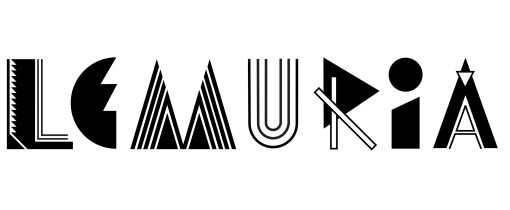
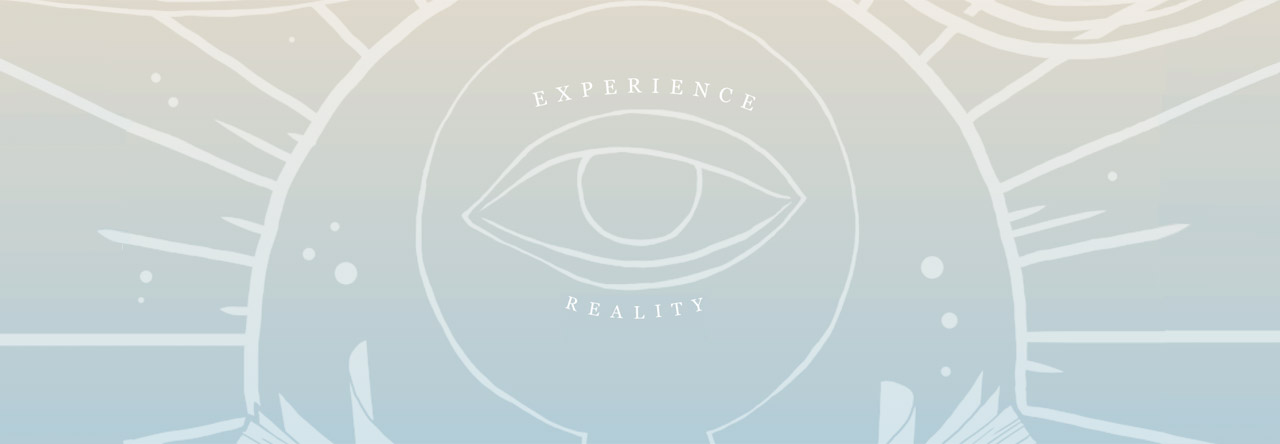
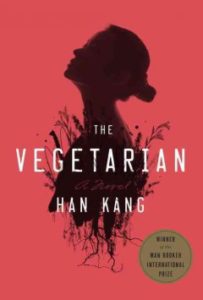 A story told through three different viewpoints,
A story told through three different viewpoints, 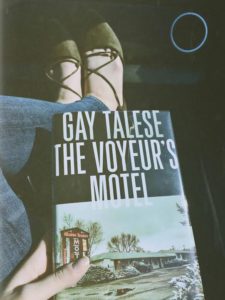 Before I just dive right into my thoughts on this book, let me share with you a piece from the cover flap of Gay Talese’s book
Before I just dive right into my thoughts on this book, let me share with you a piece from the cover flap of Gay Talese’s book  weren’t great at sex, and could really care less if their wives were satisfied–gender roles at their finest.
weren’t great at sex, and could really care less if their wives were satisfied–gender roles at their finest.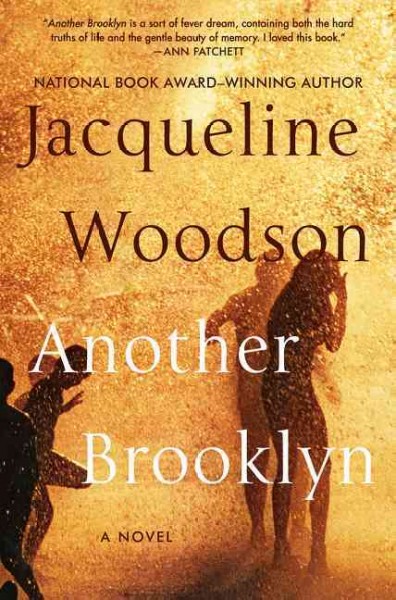
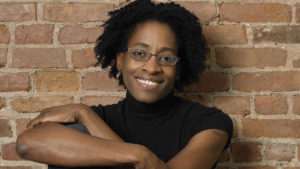
 Mary Mann Hamilton was a remarkable women who was encouraged to write down her life as a female pioneer. Hamilton was born in 1866 and passed away in 1936. It was later in her life that she began to write down her experiences of “taming the American South”– she writes about living through floods, fires, tornadoes, and her husband’s drinking. An early draft of
Mary Mann Hamilton was a remarkable women who was encouraged to write down her life as a female pioneer. Hamilton was born in 1866 and passed away in 1936. It was later in her life that she began to write down her experiences of “taming the American South”– she writes about living through floods, fires, tornadoes, and her husband’s drinking. An early draft of 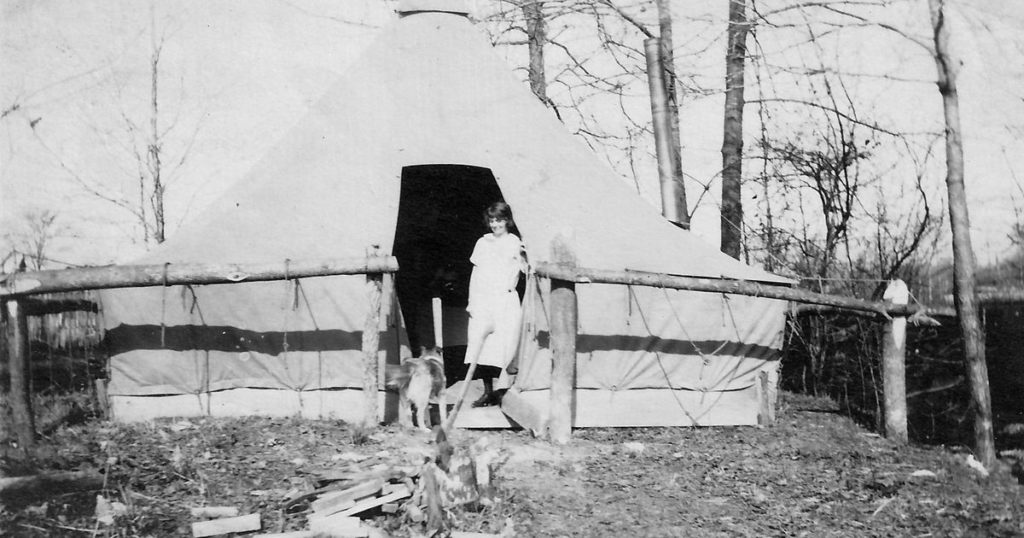
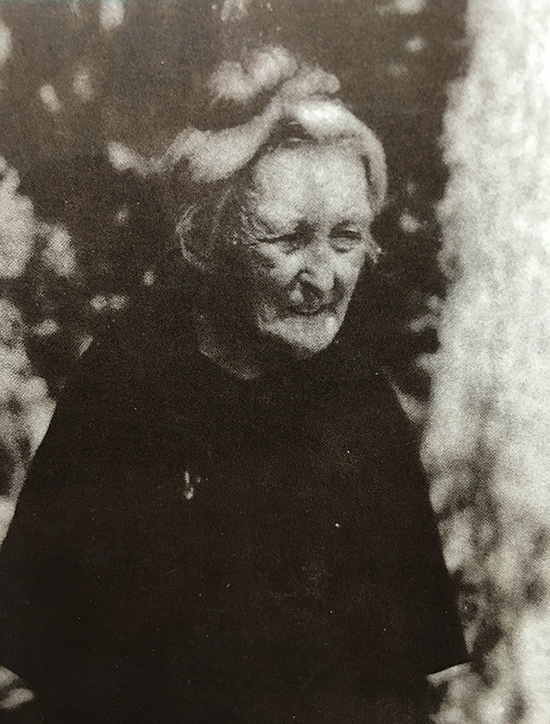
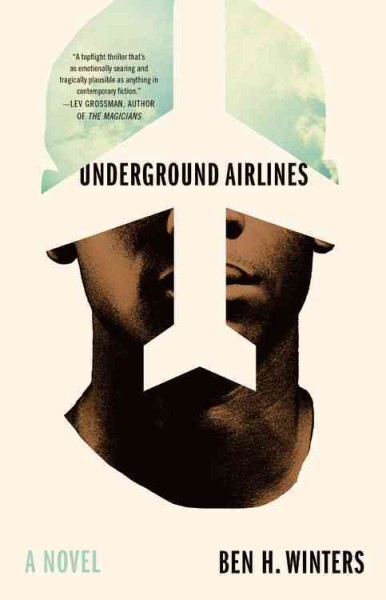 I was mesmerized by the idea since I saw the cover on the front of the July Indie Next flyer:
I was mesmerized by the idea since I saw the cover on the front of the July Indie Next flyer: 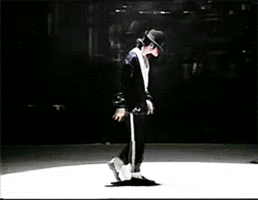
 Before we start I’d like you to know I love lots of things, so this is going to include the word “love” approximately one hundred times.
Before we start I’d like you to know I love lots of things, so this is going to include the word “love” approximately one hundred times. What’s currently on your bedside table (book purgatory)? Slaughterhouse Five by Kurt Vonnegut (which apparently will never get finished),
What’s currently on your bedside table (book purgatory)? Slaughterhouse Five by Kurt Vonnegut (which apparently will never get finished), 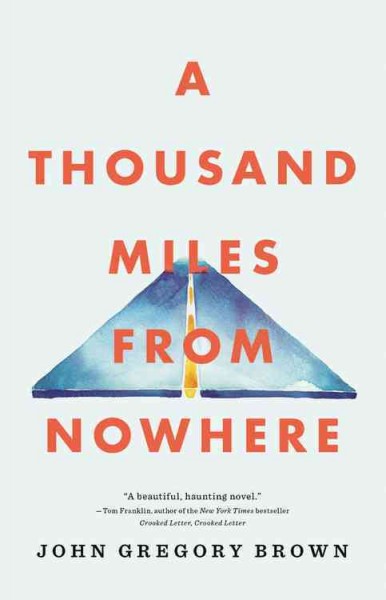 But if you live there, the pressures of the quotidian grind and the sum of your life choices catch up with you, just like everywhere else. If that’s where your problems have come to a head, the quietest, sleepiest city in North America will feel like a welcome escape, which is exactly the situation that Henry Garrett, the unwell protagonist of Brown’s A Thousand Miles from Nowhere finds himself in.
But if you live there, the pressures of the quotidian grind and the sum of your life choices catch up with you, just like everywhere else. If that’s where your problems have come to a head, the quietest, sleepiest city in North America will feel like a welcome escape, which is exactly the situation that Henry Garrett, the unwell protagonist of Brown’s A Thousand Miles from Nowhere finds himself in.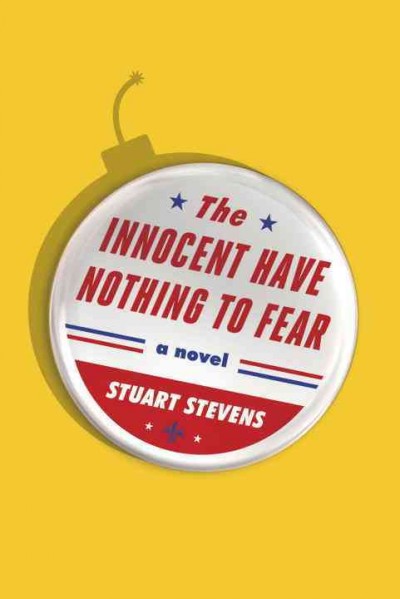 Instead of exiting New Orleans mid-breakdown, J.D. Callahan, the protagonist of The Innocent Have Nothing to Fear, reluctantly marches right back into it. He is there for the 2020 Republican National Convention, where he is trying to squeeze a moderate underdog candidate Hilda Smith into the nomination against nationalist Armstrong George (a thinly veiled, even tamped-down, satire of Donald Trump). His own breakdown revolved around a bad break-up from a news anchor girlfriend and a crack-up on Meet the Press. That might seem like a small obstacle compared to Henry Garrett’s, but the scrutiny of politics has a way of
Instead of exiting New Orleans mid-breakdown, J.D. Callahan, the protagonist of The Innocent Have Nothing to Fear, reluctantly marches right back into it. He is there for the 2020 Republican National Convention, where he is trying to squeeze a moderate underdog candidate Hilda Smith into the nomination against nationalist Armstrong George (a thinly veiled, even tamped-down, satire of Donald Trump). His own breakdown revolved around a bad break-up from a news anchor girlfriend and a crack-up on Meet the Press. That might seem like a small obstacle compared to Henry Garrett’s, but the scrutiny of politics has a way of 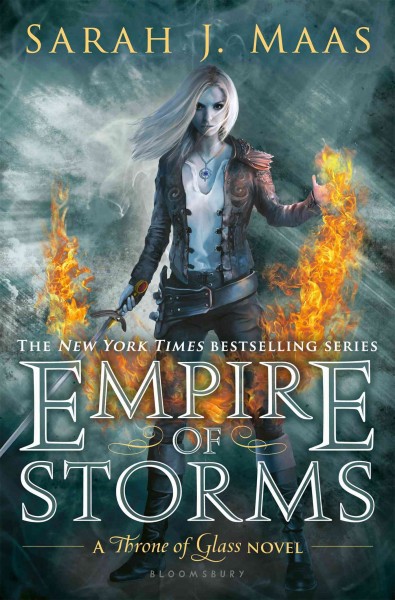 Sarah J. Maas is a New York Times and USA Todaybestselling author of two amazing young adult fantasy series. As part of her tour for
Sarah J. Maas is a New York Times and USA Todaybestselling author of two amazing young adult fantasy series. As part of her tour for